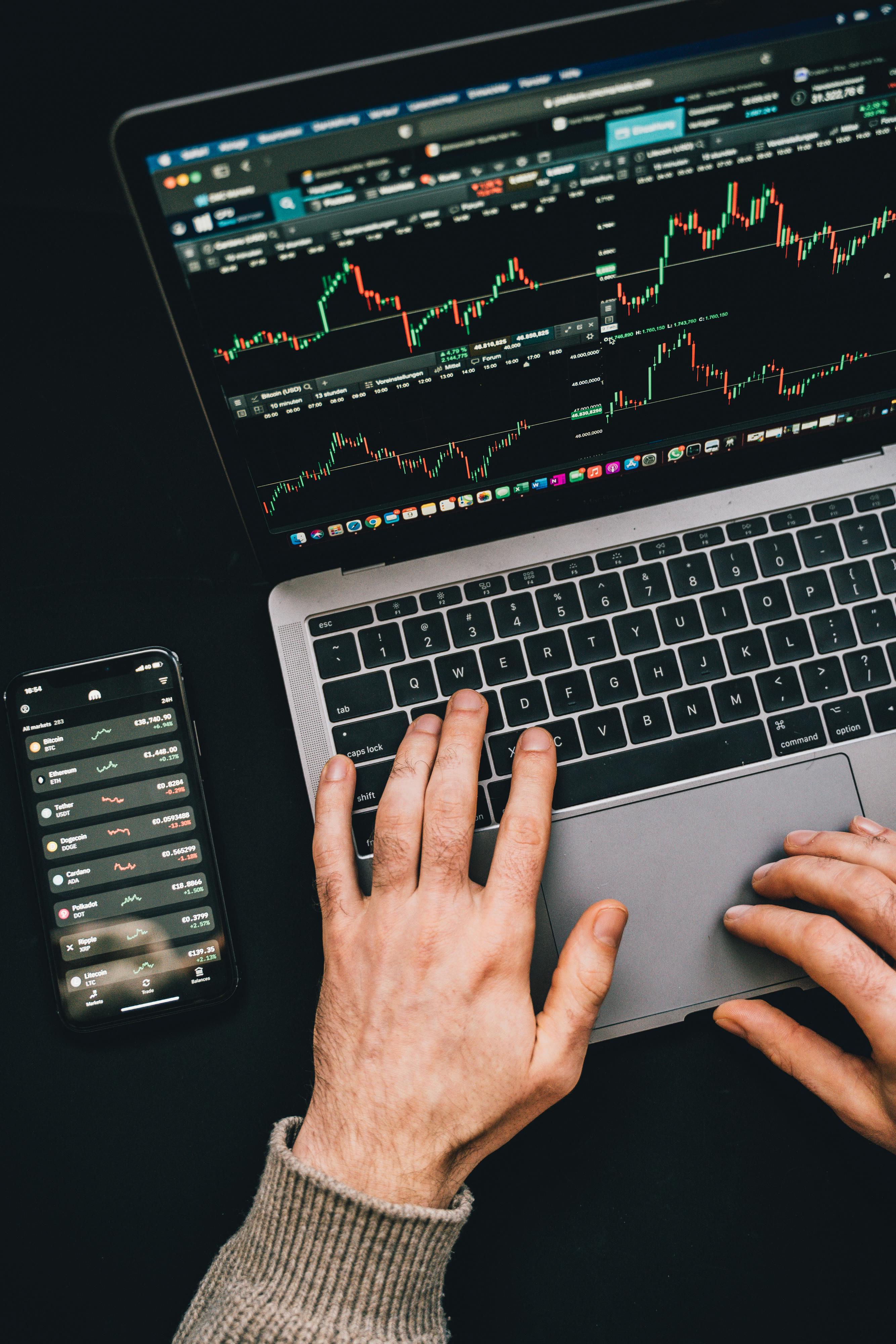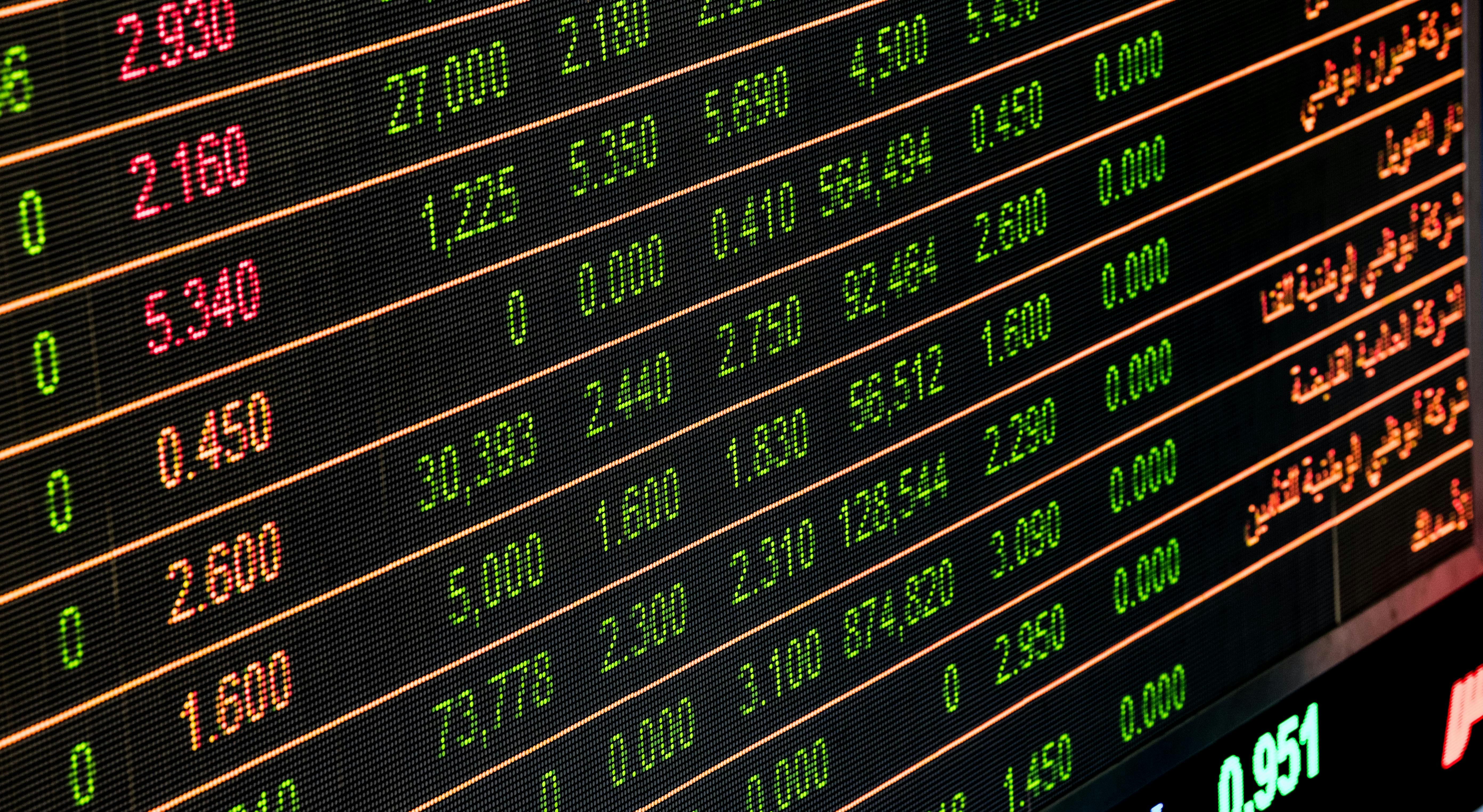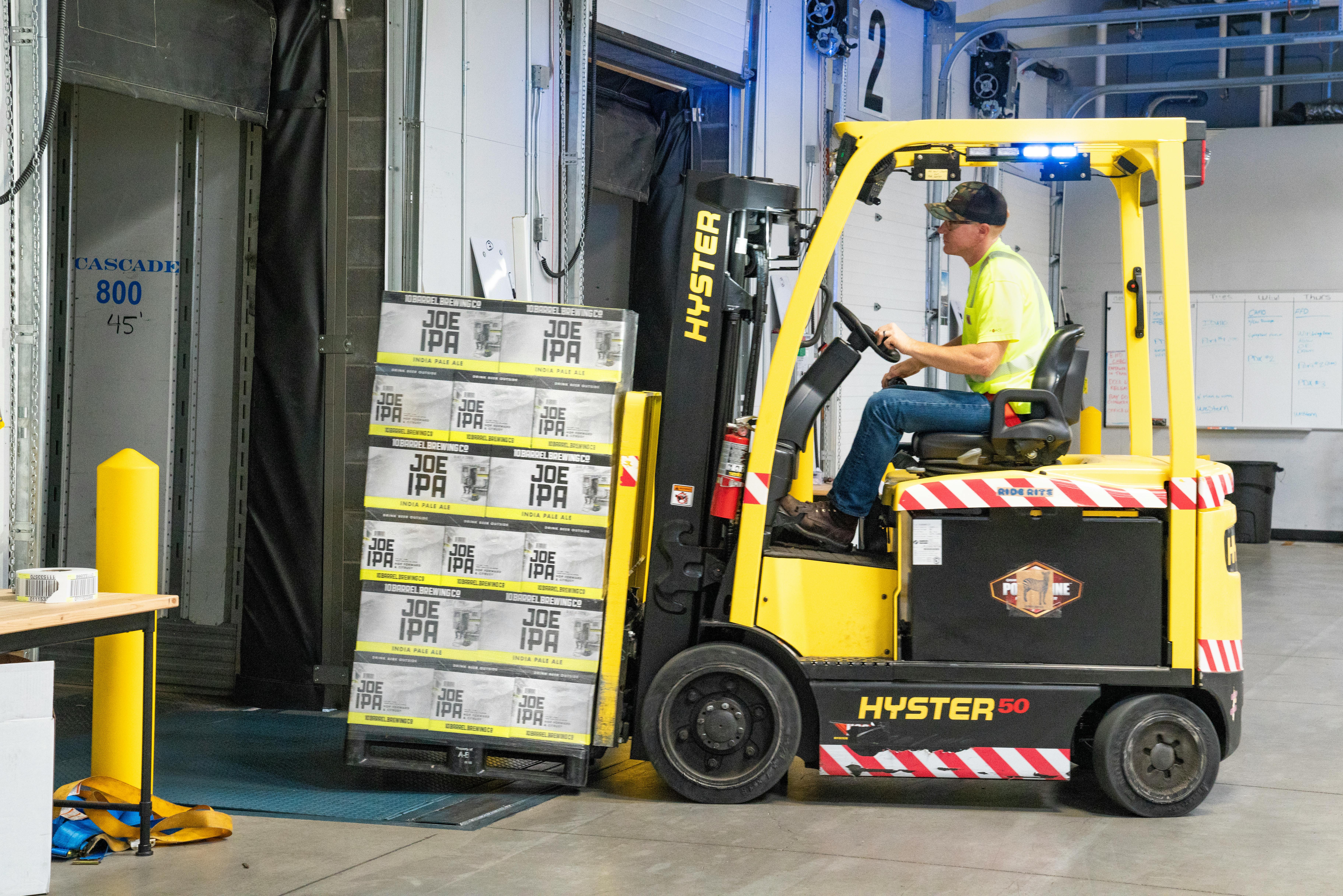
What is Spot Price vs Futures Price? A Complete Guide
Complete guide comparing spot prices and futures prices. Learn the key differences, convergence mechanics, and how this relationship affects trading and investment decisions.
In financial markets, understanding the difference between spot prices and futures prices is fundamental to making informed trading and investment decisions. Whether you're buying gold, crude oil, Bitcoin, or agricultural commodities, these two pricing mechanisms determine what you'll pay and when—yet they often tell very different stories about market conditions and expectations.
Spot and futures prices might seem like simple concepts, but the relationship between them reveals critical information about supply and demand, market sentiment, storage costs, and price expectations. For traders, investors, hedgers, and anyone involved in commodity or financial markets, mastering this distinction can mean the difference between profitable trades and costly mistakes.
Spot vs Futures Price at a Glance
Spot Price
Immediate Delivery
Pay now, receive now
Futures Price
Future Delivery
Lock in price today, receive later
Example: Gold spot $2,050/oz → Gold Dec futures $2,065/oz
What is Spot Price?
The spot price (also called the cash price) is the current market price at which an asset can be bought or sold for immediate delivery and settlement. It's the "right now" price— what you would pay if you wanted to own the asset today, not tomorrow, not next month, but immediately.
Key Characteristics of Spot Prices
- Immediate settlement: Transaction completes within 1-2 business days (T+1 or T+2 settlement)
- Physical delivery: For commodities, actual physical goods change hands (though many markets allow cash settlement)
- Current market conditions: Reflects today's supply and demand balance
- Real-time pricing: Updates constantly as trades occur throughout the trading day
- Cash payment: Buyer pays full amount immediately (or standard settlement period)
How Spot Prices Are Determined
Spot prices emerge from the continuous interaction of buyers and sellers in the market. Every bid to buy and offer to sell contributes to price discovery. When a buyer accepts a seller's offer price (or vice versa), a transaction occurs at the spot price, which becomes the current market price until the next trade.
For widely traded assets like gold, crude oil, or major currencies, spot prices are determined on exchanges or over-the-counter (OTC) markets where thousands of participants trade continuously. For less liquid assets, spot prices might be determined by dealer quotes or less frequent transactions.
Examples of Spot Markets
- Precious metals: London Bullion Market (gold, silver spot prices)
- Energy commodities: Physical crude oil spot markets (Brent, WTI)
- Foreign exchange: Currency spot market (largest spot market globally)
- Cryptocurrencies: Bitcoin and altcoin spot exchanges (Coinbase, Binance)
- Agricultural products: Physical grain markets (local elevator prices)
- Stock markets: Equity shares trade primarily in spot markets
What is Futures Price?
A futures price is the agreed-upon price for an asset to be delivered and paid for at a specific future date. When you trade a futures contract, you're not buying the asset today—you're agreeing to buy (or sell) it at a predetermined price on a future date, which could be weeks, months, or even years from now.
Key Characteristics of Futures Prices
- Standardized contracts: Futures trade on exchanges with standard sizes, delivery dates, and terms
- Deferred settlement: Delivery and payment occur on a specified future date
- Margin requirements: Traders post margin (collateral) rather than paying full price upfront
- Mark-to-market daily: Profits and losses are settled daily based on price changes
- Multiple expiration dates: Different contract months trade simultaneously (March, June, September, December)
- Forward-looking: Reflects market expectations about future supply, demand, and price
How Futures Prices Are Determined
Futures prices are determined through competitive trading on futures exchanges like CME Group, ICE, or Eurex. Traders buy and sell contracts based on their expectations of where spot prices will be at contract expiration, adjusted for:
- Cost of carry: Storage costs, insurance, financing costs from now until delivery
- Expected supply and demand: Anticipated market conditions at expiration
- Convenience yield: Value of holding physical inventory versus futures contracts
- Interest rates: Cost of financing a purchase today versus future payment
- Seasonal factors: Predictable seasonal supply or demand patterns
Examples of Futures Contracts
- Crude oil futures: WTI crude (NYMEX), Brent crude (ICE)
- Agricultural futures: Corn, soybeans, wheat (CBOT)
- Metal futures: Gold, silver, copper (COMEX)
- Currency futures: Euro, yen, pound (CME)
- Index futures: S&P 500, Nasdaq futures (CME)
- Bitcoin futures: BTC futures (CME, Bakkt)
The Relationship Between Spot and Futures Prices
Spot and futures prices don't exist in isolation—they're intimately connected through arbitrage, hedging, and convergence. Understanding this relationship is crucial for anyone trading or investing in these markets.
Convergence at Expiration
The most important principle is that futures prices must converge to spot prices as the futures contract approaches expiration. This convergence is guaranteed by arbitrage.
Think about it: on the last day of a futures contract, you're agreeing to buy something "in the future"—but that future is now today. A December gold futures contract on its last trading day must trade at essentially the same price as spot gold, because both represent immediate ownership of gold.
If futures traded significantly above spot at expiration, arbitrageurs would buy spot gold and simultaneously sell futures, delivering the spot gold against the futures contract for a risk-free profit. This arbitrage activity forces convergence.
The Basis: Measuring the Relationship
The "basis" quantifies the relationship between spot and futures prices:
Basis = Spot Price - Futures Price
- Positive basis (backwardation): Spot price exceeds futures price
- Negative basis (contango): Futures price exceeds spot price
- Zero basis: Spot and futures prices are equal (typically at expiration)
The basis tells you whether the market values immediate possession more or less than future delivery, providing insights into current supply tightness, storage availability, and market expectations.
Normal Market Condition: Contango
In many commodity markets, the "normal" relationship is contango—futures prices exceed spot prices. This makes intuitive sense because owning a physical commodity involves costs:
- Storage costs: Warehouses, tanks, vaults
- Insurance: Protection against theft, damage, fire
- Financing costs: Capital tied up in inventory
- Deterioration: Some commodities degrade over time
Futures prices must compensate for these carrying costs. If December gold trades at $2,065 while spot gold is $2,050, that $15 difference reflects the cost of storing and insuring gold for three months.
Exception: Backwardation
Sometimes futures prices fall below spot prices, creating backwardation. This typically signals:
- Immediate supply shortage: Strong demand for immediate delivery
- Inventory drawdowns: Low stockpiles drive spot premiums
- Convenience yield: Value of having physical supply now
- Disrupted supply chains: Immediate availability commands premium
Backwardation indicates the market values immediate possession more than future delivery, often signaling supply stress or urgent demand.
Why the Difference Between Spot and Futures Prices Matters
Understanding spot versus futures prices isn't just academic—it directly impacts your trading returns, hedging effectiveness, and investment outcomes. Here's why this distinction is critical for market participants:
- Hedging decisions: Producers and consumers hedge using futures while transacting in spot markets. The basis between these prices determines hedging effectiveness and profitability.
- Trading strategies: Spread trading, arbitrage, and calendar strategies all exploit spot-futures price relationships. A trader who understands when futures are overpriced relative to spot can profit from convergence.
- ETF performance: Commodity ETFs typically hold futures, not spot assets. When futures trade at premiums (contango), rolling contracts creates negative returns even when spot prices rise—a wealth-destroying effect many investors don't understand.
- Price discovery: Futures prices reveal market expectations about future supply and demand. A widening spread between spot and distant futures signals changing market conditions before they fully materialize in spot markets.
- Market timing: Extreme spot-futures spreads (steep contango or backwardation) often signal unsustainable conditions and potential reversals, providing timing signals for entries and exits.
- Cost management: Commercial users who understand spot-futures dynamics can optimize purchase timing, choosing between spot purchases and futures hedges based on relative pricing.
In practice, ignoring spot-futures relationships can cost you dearly. Buying a commodity ETF during steep contango can result in losses even when spot prices rise. Hedging at the wrong point in the term structure can lock in unfavorable prices. Understanding these dynamics transforms you from a naive market participant into a sophisticated operator who capitalizes on pricing inefficiencies.
Factors That Cause Spot and Futures Prices to Diverge
Several factors create and maintain price differences between spot and futures markets:
1. Storage Costs (Cost of Carry)
Physical commodities require storage, creating carrying costs that typically make futures more expensive than spot. For storable commodities like gold, silver, or grain, the futures price generally equals:
Futures Price = Spot Price + Storage Costs + Financing Costs - Convenience Yield
Higher storage costs widen the spread between spot and futures prices. This is why crude oil futures often show significant premiums when storage is readily available and inexpensive.
2. Supply and Demand Imbalances
When current supply can't meet immediate demand, spot prices spike relative to futures. Think of a cold winter driving natural gas demand: spot prices surge as utilities compete for available supply, while futures prices remain more moderate because traders expect supply to normalize after winter.
Conversely, abundant current supply with expectations of future shortages (perhaps due to anticipated production cuts) can push futures above spot prices.
3. Interest Rates and Financing Costs
Interest rates affect the futures-spot spread because buying spot requires paying the full price today, while buying futures allows you to delay payment. The opportunity cost of tying up capital in a spot purchase versus using that capital elsewhere (earning interest) factors into futures pricing.
Higher interest rates generally widen futures premiums because the opportunity cost of buying spot increases relative to buying futures.
4. Convenience Yield
Convenience yield represents the benefit of physically holding a commodity rather than owning a futures contract. During supply disruptions or inventory shortages, this convenience yield can be substantial.
A refinery needs crude oil today to keep operating—waiting three months for futures delivery means shutting down operations. This urgency creates convenience yield that can push spot prices above futures.
5. Seasonal Patterns
Many commodities have predictable seasonal supply or demand patterns that create spot-futures spreads:
- Agricultural commodities: Post-harvest abundance drives spot prices down relative to pre-harvest futures
- Natural gas: Winter heating demand elevates spot prices relative to summer futures
- Gasoline: Summer driving season drives spot premiums
6. Quality and Location Differences
Futures contracts specify standard grades and delivery locations. Spot markets might involve different qualities or locations, creating basis differences. For example, WTI crude futures specify delivery at Cushing, Oklahoma, but spot WTI might trade at a premium or discount in other locations based on local supply-demand or transportation costs.
Practical Examples: Spot vs Futures in Different Markets
Example 1: Gold Market
Situation: Gold spot trades at $2,050 per ounce, while December gold futures (six months out) trade at $2,065.
Analysis: The $15 premium for futures reflects the cost of storing and insuring gold for six months, plus financing costs, minus any convenience yield. This is typical contango for precious metals, which have established storage infrastructure and low storage costs relative to value.
Implication: Investors choosing between spot gold and gold futures should consider this $15 cost. Holding spot gold for six months costs about $15 per ounce in storage and financing, equivalent to the futures premium.
Example 2: Crude Oil During Supply Disruption
Situation: Following a major refinery outage, crude oil spot trades at $90 per barrel, but three-month futures trade at $85.
Analysis: This backwardation signals immediate supply tightness. The market expects the refinery to resume operations, normalizing supply within three months, so futures trade lower than spot.
Implication: Long futures positions benefit from positive roll yield as contracts converge upward toward spot. Producers benefit from high spot prices and might delay hedging future production.
Example 3: Agricultural Commodity Before Harvest
Situation: Old-crop corn spot price: $7.50/bushel. New-crop futures (post-harvest): $6.50/bushel.
Analysis: Old-crop supplies are dwindling before harvest, driving spot premiums. The market expects abundant new-crop supply post-harvest, keeping new-crop futures lower.
Implication: Farmers holding stored grain can sell at premium spot prices. Food processors might time purchases to capture lower new-crop prices.
Example 4: Bitcoin Spot vs Futures
Situation: Bitcoin spot trades at $65,000, while quarterly futures trade at $66,500.
Analysis: The $1,500 premium reflects positive funding rates and market expectations of price appreciation. Unlike physical commodities, Bitcoin has minimal storage costs but significant financing costs due to capital requirements and borrowing rates.
Implication: Cash-and-carry arbitrage opportunities exist if funding costs are low enough to capture the spread.
Trading and Hedging Applications
For Speculators and Traders
Directional Trades: Most speculators use futures for directional bets because of leverage, lower capital requirements, and liquidity. Futures allow controlling large positions with small margin deposits.
Spread Trading: Traders can profit from spot-futures spreads widening or narrowing without taking directional risk. For example, if you expect contango to steepen, you might short spot and buy futures.
Arbitrage: When spot-futures spreads exceed carrying costs, arbitrageurs buy spot, sell futures, and lock in risk-free profits through cash-and-carry arbitrage.
For Producers (Hedgers Selling Future Production)
Hedging Production: An oil producer can lock in prices for future production by selling futures contracts. If spot is $80 and six-month futures are $82, selling futures at $82 hedges against price declines.
Basis Risk: The difference between the futures price hedged and the eventual spot price when production is sold creates basis risk. If futures are at $82 but spot at sale time is $85, the producer effectively received $82 (giving up $3 of upside).
For Consumers (Hedgers Buying Future Needs)
Price Protection: An airline concerned about rising jet fuel prices can buy futures contracts to lock in purchase prices. If spot is $3.00/gallon and six-month futures are $3.10, buying futures caps costs at $3.10.
Timing Decisions: Understanding spot-futures spreads helps consumers decide between buying spot inventory or hedging with futures. Wide contango might justify deferring purchases and using futures hedges instead.
For Investors in ETFs and Funds
Roll Yield Impact: Commodity ETFs holding futures contracts must periodically roll expiring contracts into longer-dated ones. In contango, this means selling low and buying high, creating negative roll yield that erodes returns.
Strategy Selection: Investors should favor futures-based ETFs during backwardation (positive roll yield) and consider physically-backed alternatives or avoiding exposure during steep contango.
Common Misconceptions About Spot and Futures Prices
Misconception 1: "Futures Predict Future Spot Prices"
Reality: Futures prices reflect current expectations plus carrying costs, not predictions. Research shows futures are poor predictors of future spot prices. They represent what traders think today, adjusted for costs, not clairvoyant forecasts.
Misconception 2: "Spot and Futures Should Always Be Close in Price"
Reality: Significant spreads are normal and justified by carrying costs, supply-demand imbalances, and convenience yield. Wide spreads contain important market information rather than representing pricing errors.
Misconception 3: "Contango Means Prices Will Rise"
Reality: Contango simply means futures exceed spot, typically due to carrying costs. Prices might rise, fall, or stay flat. The term structure and price direction are separate considerations.
Misconception 4: "Trading Futures Means Taking Physical Delivery"
Reality: Most futures contracts are closed before expiration through offsetting trades. Less than 2% of futures contracts result in physical delivery. Traders profit from price changes, not delivery.
Misconception 5: "Spot Markets Are Always More Liquid"
Reality: For many commodities, futures markets are actually more liquid than spot markets, offering tighter spreads and easier execution. Crude oil and gold futures trade in massive volumes exceeding spot market liquidity.
Key Takeaways
- Spot price is the current price for immediate delivery, while futures price is the agreed price for delivery at a specified future date
- Spot and futures prices converge at futures expiration, guaranteed by arbitrage opportunities
- The basis measures the spot-futures relationship: positive basis indicates backwardation, negative basis indicates contango
- Contango (futures exceed spot) is common for storable commodities, reflecting carrying costs
- Backwardation (spot exceeds futures) signals supply tightness or strong immediate demand
- Multiple factors drive spot-futures spreads: storage costs, interest rates, supply-demand, convenience yield, and seasonal patterns
- Understanding spot-futures dynamics improves hedging decisions, trading strategies, and ETF selection
- Roll yield from spot-futures spreads significantly impacts commodity ETF returns, often more than underlying price changes
- Futures markets often provide better liquidity than spot markets for major commodities
- Spot-futures spreads contain valuable information about market conditions, supply tightness, and expectations
Related Topics on SpotMarketCap
Conclusion
The distinction between spot and futures prices represents one of the most fundamental concepts in modern financial markets. While spot prices tell you what an asset costs right now, futures prices reveal what the market expects—or more accurately, what market participants are willing to commit to paying or receiving in the future, adjusted for carrying costs and convenience yield.
For traders, the spot-futures relationship opens numerous profit opportunities through arbitrage, spread trading, and roll yield capture. For hedgers—whether producers, consumers, or commercial operations—understanding this relationship is essential for effective risk management and cost control. For investors, particularly those using commodity ETFs, the spot-futures spread directly impacts returns through roll yield, often determining whether your investment profits or loses money regardless of underlying price movements.
The beauty of spot versus futures pricing lies in its transparency and accessibility. Unlike complex derivatives or opaque markets, anyone can observe spot prices, futures prices, and the spread between them. This information is freely available, updated in real-time, and rich with insights about supply, demand, inventory levels, and market expectations.
As markets evolve and new asset classes emerge—cryptocurrencies, carbon credits, renewable energy certificates—the fundamental principles of spot versus futures pricing remain constant. Master these concepts once, and you have a framework applicable across all markets and asset classes for the rest of your investing and trading career.
Next time you evaluate a commodity investment, futures trade, or hedging strategy, don't just look at prices in isolation. Examine the entire picture: spot versus futures, near contracts versus distant contracts, historical spreads versus current levels. The relationship between these prices tells a story—and understanding that story gives you an edge that simpler price-watching cannot provide.
Track Real-Time Asset Prices
Get instant access to live cryptocurrency, stock, ETF, and commodity prices. All assets in one powerful dashboard.
Related Articles

What is Normal Backwardation? Keynes' Theory Explained
Discover John Maynard Keynes' theory of normal backwardation and how risk premiums compensate speculators in commodity futures markets. Essential economics explained.

What is Convenience Yield? Why Storing Commodities Matters
Learn about convenience yield—the hidden value of holding physical commodities. Understand how it affects futures prices, backwardation, and commodity investment returns.

What is Basis in Commodity Trading? Spot-Futures Relationship Explained
Master the concept of basis in commodity trading—the critical difference between spot and futures prices. Essential knowledge for hedgers, traders, and investors.